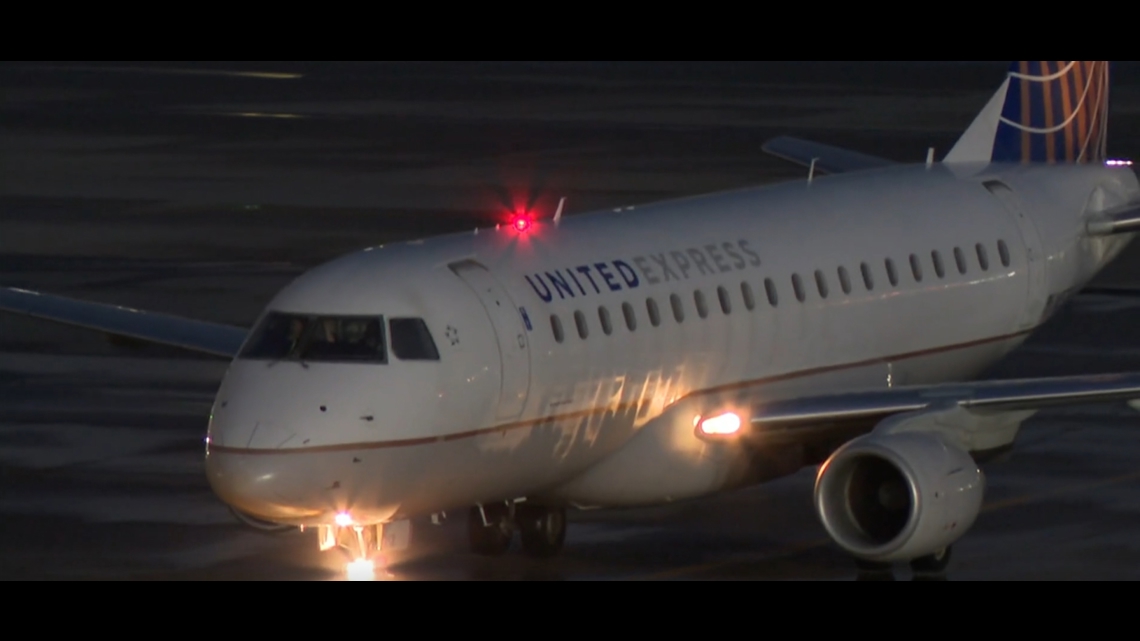In October 2020, scientists found multiple coffins in the same unmarked mass grave. In June 2021, after the excavation was resumed, scientists discovered 35 coffins; they exhumed human remains from 19 of them. The remains were taken to an on-site lab for analysis.
One set of the remains examined was that of a man who had multiple gunshot wounds, including a bullet still lodged in his left shoulder area.
City officials have said previously that it is still to be determined whether the burials are associated with the 1921 Tulsa Race Massacre.
“It just took the wind out of me,” J. Kavin Ross, chair of the Tulsa 1921 Mass Graves Investigation Public Oversight Committee, said of the discovery of the 12 coffins. Ross says these coffins are probably connected to the massacre.
“Scientists and researchers might say differently,” he said. “You would have to prove to me that they are not. In my heart, I believe they are. How are you going to stack people next door so close like this? I can’t help but believe once again that this possibly might be finally among those who lost their lives in the summer of 1921.”
Oaklawn Cemetery is located blocks from Greenwood, the all-Black community destroyed nearly 100 years ago by a White mob in a horrific rampage that historians say may have left as many as 300 Black people dead and thousands of homes and businesses in Black Wall Street destroyed.
Survivors reported seeing bodies tossed into the Arkansas River or loaded onto trucks or trains, making it difficult to account for the dead. Other survivors told stories of Black people being placed in mass graves. No White person was ever arrested in connection with the massacre. For decades after the rampage, few people spoke of what happened.
After the July 2020 search for mass graves ended without finding human remains, the city decided to expand its search. The second excavation focused on an area called the Original 18 Site, where officials believed the bodies of 18 Black people were buried after the massacre.
Records show that a White-owned funeral home charged the county of Tulsa in June 1921 for burials of “18 Negroes.” Funeral home records and death certificates from 1921 show that at least 18 identified and unidentified Black massacre victims were buried in an unmarked grave in Oaklawn.
The mass grave found in October 2020 was discovered in the Original 18 area, near the headstones of Reuben Everett and Eddie Lockard, the only known marked graves of massacre victims in the cemetery.
The first investigation into mass graves that might be connected to the 1921 Tulsa Race Massacre came in 1998. It identified four potential sites, but that investigation was closed without a physical search. In 2018, Tulsa Mayor G.T. Bynum (R) announced that the city would reopen its search at the four sites, including Oaklawn Cemetery.
“As we open this investigation 101 years later, there are both unknowns and truths to uncover,” Bynum said in a statement last year. “But we are committed to exploring what happened in 1921 through a collective and transparent process — filling gaps in our city’s history, and providing healing and justice to our community.”
This story has been updated.
This article is first published on Source link






